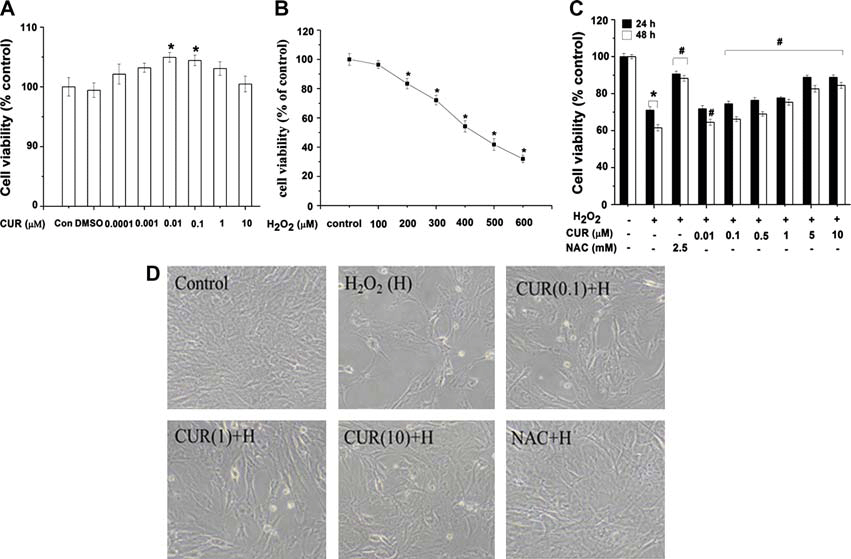博文
ABBS: Curculigoside isolated from Curculigo orchioides preve
|||
Ying Wang, Lu Zhao, Yin Wang, Jinlong Xu, Yan Nie, Yuanhui Guo, Yongtao Tong, Luping Qin, and Qiaoyan Zhang
Acta Biochim Biophys Sin (Shanghai). 2012 May;44(5):431-41. doi: 10.1093/abbs/gms014
School of Pharmacy, Second Military Medical University, Shanghai, China
Reactive oxygen species (ROS), including H2O2, play a critical role in the pathophysiology of osteoporosis. Therefore, agents or antioxidants that can inhibit ROS production have a high clinical value in the treatment of osteoporosis. Curculigoside (CUR), one of the main bioactive phenolic compounds isolated from the rhizome of Curculigoorchioides Gaertn., is reported to have potent antioxidant and anti-osteoporotic properties. However, there is no direct evidence to link the antioxidant capacity of CUR with the observed anti-osteoporotic effect, and relevant molecular mechanisms remain unclear. Therefore, we investigated the protective effects of CUR against oxidative stress in calvarialosteoblasts and discussed the related mechanisms. It was found that osteoblast viability decreased significantly after 48-h exposure to 400 μM of H2O2, compared with vehicle-treated cells, and the cytotoxic effect of H2O2 was reversed significantly when pretreated with 0.1-10 μM of CUR (P< 0.05). Pretreatment with 0.1-10 μM of CUR decreased ROS production and lipid peroxidation, and increased the activities of antioxidant enzymes, such as superoxide dismutase and glutathione peroxidase in osteoblasts induced by H2O2. In addition, H2O2-induced reduction of differentiation markers such as alkaline phosphatase, calcium deposition, and Runx2 level was significantly recovered in the presence of CUR. CUR also reversed H2O2-induced stimulation of extracellular signal-regulated kinase 1/2, and nuclear factor-κB signaling and the inhibition of p38 mitogen-activated protein kinase activation. These results provide new insights into the osteoblast-protective mechanisms of CUR through reducing the production of ROS, suggesting that CUR may be developed as a bio-safe agent for the prevention and treatment of osteoporosis and other bone-related human diseases.

图例: 仙茅甙抑制H2O2诱导的细胞损伤
全文: http://abbs.oxfordjournals.org/content/44/5/431.full.pdf+html
https://blog.sciencenet.cn/blog-592748-846077.html
上一篇:ABBS: Epigenetic mechanisms in cardiac development and disea
下一篇:ABBS: SIRT1 and energy metabolism